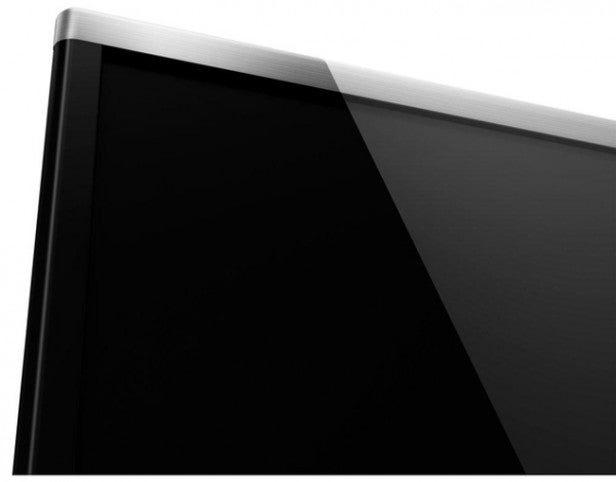Panasonic TX-48AS640 Review - Picture Quality Review
Picture Quality
A great mid-range option so long as you're not a big fan of 3D

Sections
- Page 1 Panasonic TX-48AS640 Review
- Page 2 Picture Quality Review
- Page 3 3D, Sound and Conclusions Review
With HD content – especially Blu-rays – and provided you’ve followed the simple set up advice in the previous section, the 48AS640 gives a very strong account of itself.
Particularly gratifying is how deep a black colour the screen can produce. With the backlight below 40 even the darkest scenes of the darkest films look natural and involving, with precious little sign of the grey over-wash that characterises dark material on TVs that use IPS panels instead of the VA one in action here.
Credible black colours like those produced by the 48AS640 more often than not lead to very natural other colours, and so it proves again here. In fact, with HD sources the set’s colours are outstanding, combining agreeably rich saturations with a subtlety and expansiveness of tone that feels well beyond the £750 price point. What’s particularly great about this is that colour tones still look vital and subtly blended in dark areas, avoiding a common failing of affordable LCD screens.
Also great to see for the 48AS640’s money is how beautifully sharp and detailed HD pictures look. The screen does full justice to every last pixel in quality Blu-ray transfers, rendering the subtlest of details and finest of textures with scarcely a trace of noise or unwanted edge enhancement.
As further proof of how naturally the 48AS640 is delivering its sharpness, HD pictures don’t suffer in the slightest with the overly gritty or ‘fizzy’ finish you get with sets that are having to work hard to achieve their sharpness.
Another very pleasant surprise given the 48AS640’s mid-range status is the way the sharpness doesn’t reduce drastically when there’s a lot of motion in the frame – especially if you engage the Intelligent Frame Creation system on its Low setting, which you can do without causing the image to look processed or messy.
This motion prowess is particularly welcome given that motion blur was the only seriously negative thing about the recently tested Panasonic 42AS600.
The only major problem with the 48AS640’s pictures is the appearance of some backlight clouding during dark scenes if you have the backlight set higher than 40. The fact that this almost completely disappears if you keep the backlight setting low enough without leading to too much shadow detail getting crushed out of the image is crucial – though in an ideal world you wouldn’t have to take quite so much brightness out of images to get the backlight looking even.
Another smaller issue is that black levels and colour saturations both reduce if you have to watch from a wide angle, but this is common with all LCD TVs, and shouldn’t be too difficult to avoid unless you’ve got a particularly large family and/or a particularly small living room.
Finally in the negative column, we weren’t blown away by the 48AS640’s handling of standard definition broadcasts. The colour palette looks a bit basic, and pictures either look a touch noisy without noise reduction or a bit soft with it. Still, it’s not hard these days to stick with HD for the majority of your viewing time, and with that the 48AS640 is, as we’ve seen, very effective.
How we test televisions
We test every TV we review thoroughly over an extended period of time. We use industry standard tests to compare features properly. We’ll always tell you what we find. We never, ever, accept money to review a product.

